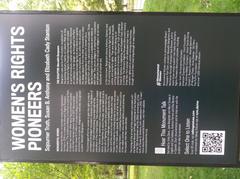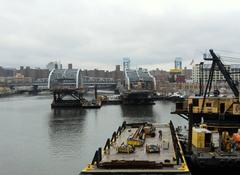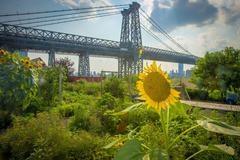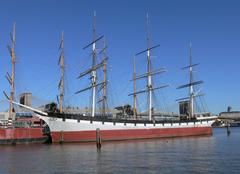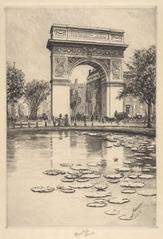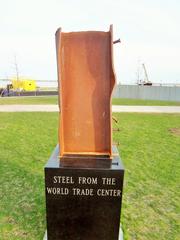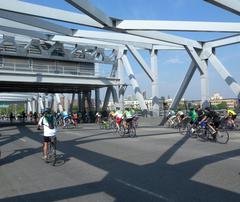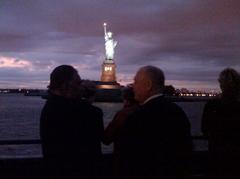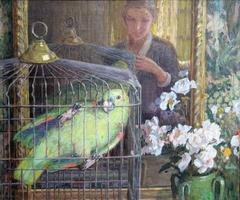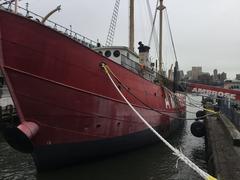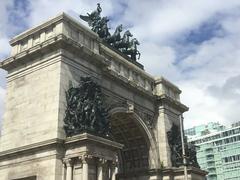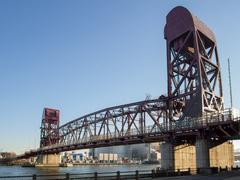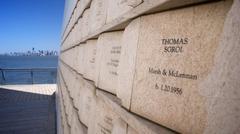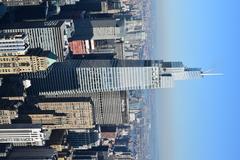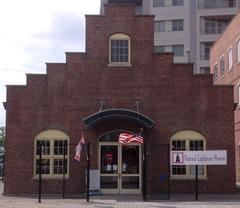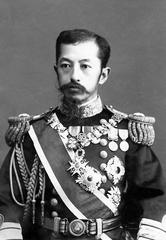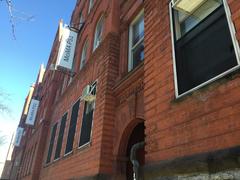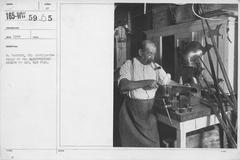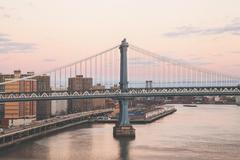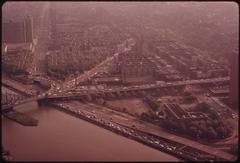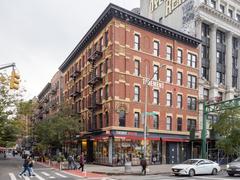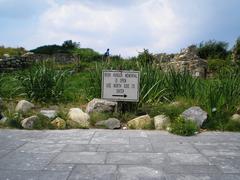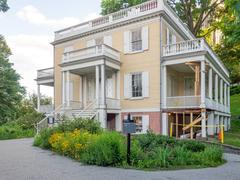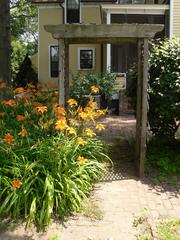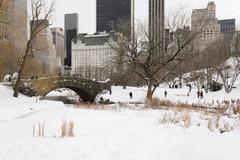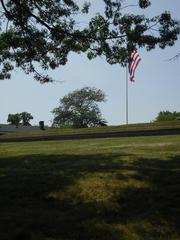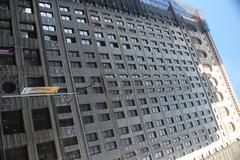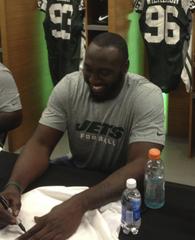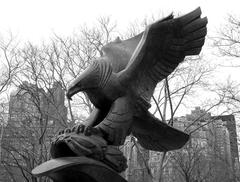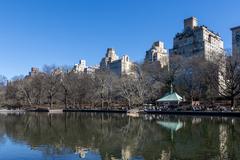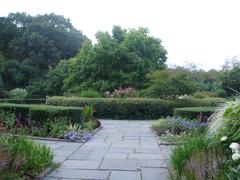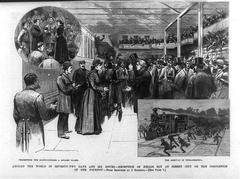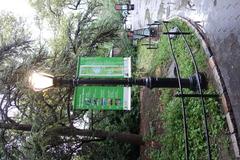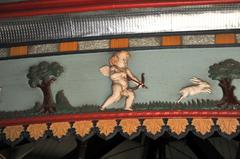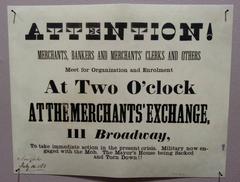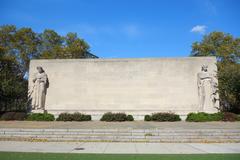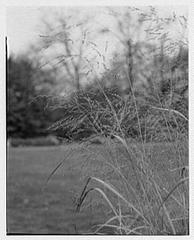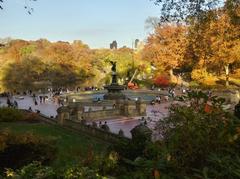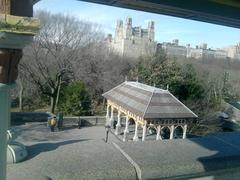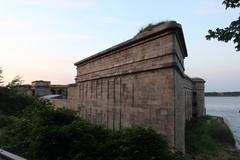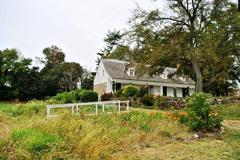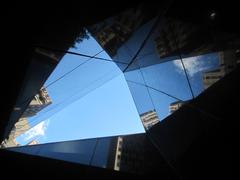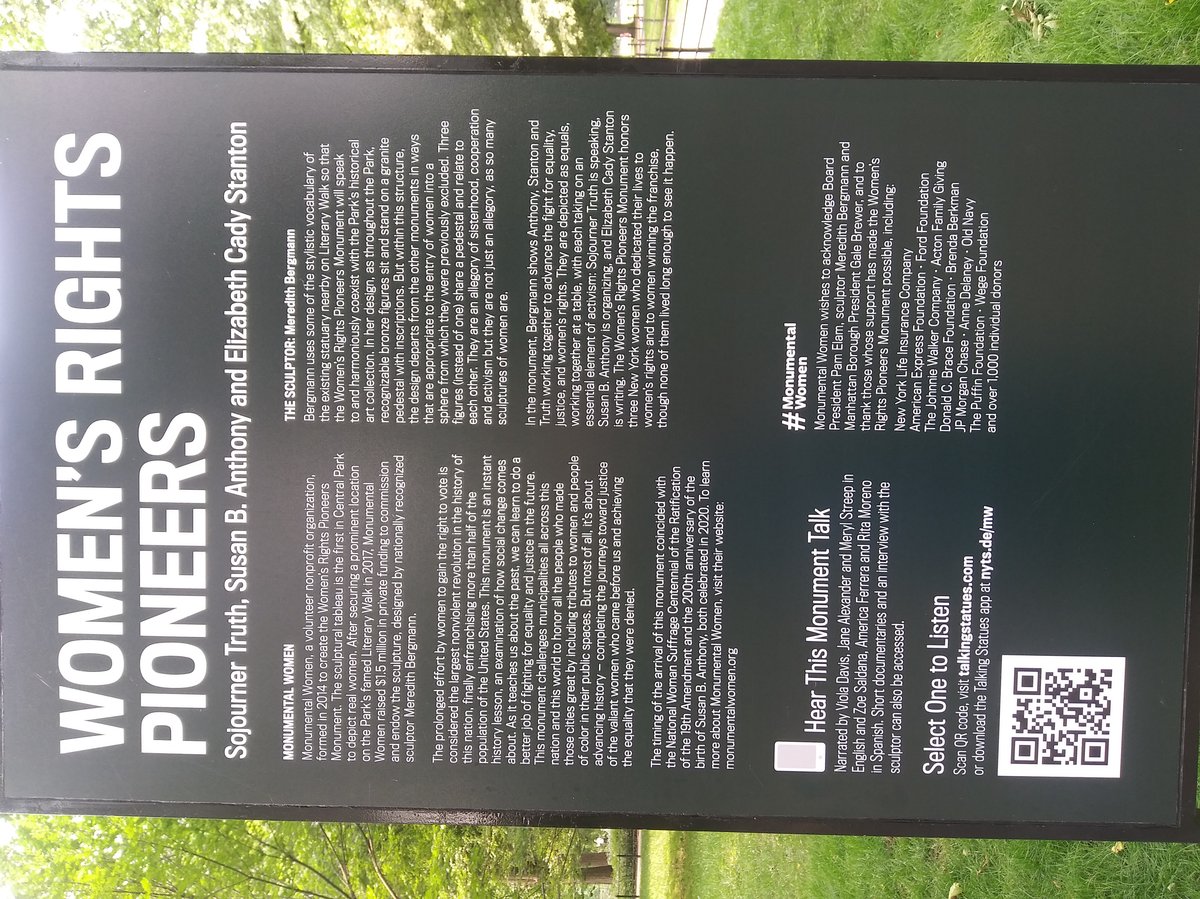
The Mall Visiting Hours, Tickets, and Historical Sites in New York City
Date: 25/07/2024
Introduction
Nestled in the heart of New York City’s iconic Central Park, The Mall is a historic promenade that captures the essence of urban and natural beauty. Designed by Frederick Law Olmsted and Calvert Vaux as part of their Greensward Plan of 1857, The Mall has served as an essential social and cultural hub for over a century. The pathway, adorned with majestic American Elm trees and statues of literary giants, offers a serene escape from the bustling city, making it a must-visit destination for both locals and tourists (Central Park Conservancy). This comprehensive guide delves into the rich history, architectural marvels, and practical visitor information, ensuring a memorable experience at The Mall in Central Park.
Table of Contents
- Introduction
- History and Significance
- Cultural and Social Significance
- Modern-Day Importance
- Architectural and Natural Features
- Visitor Information
- Challenges and Preservation Efforts
- Visitor Experience
- FAQ
- Conclusion
History and Significance
Origins and Design
The Central Park Mall, originally designated as the “Promenade” in Frederick Law Olmsted and Calvert Vaux’s Greensward Plan of 1857, was conceived as a grand esplanade within the naturalistic design of Central Park. The designers envisioned it as an “open air hall of reception,” a formal feature that would provide a space for New Yorkers to gather and socialize (Wikipedia). The Mall’s formal symmetry was intended to be subservient to the natural views, ensuring that the architecture complemented rather than overshadowed the park’s natural beauty.
Construction and Early Use
Grading of the Promenade and the adjacent Center Drive began in 1858, with the intention of offering views over the Sheep Meadow (Wikipedia). The Mall was designed to accommodate carriages, allowing passengers to be dropped off at the south end and picked up at Bethesda Terrace, thus providing a seamless experience for visitors. This design facilitated interaction between different social classes, as fashionable New Yorkers mingled with the less affluent, creating a picturesque and thoroughly “American” scene (Wikipedia).
Decline and Revival
By the early 1900s, Central Park, including The Mall, began to decline due to political complications and lack of maintenance. Plantings were not replaced, soil eroded, and pathways and waterways became clogged (Central Park History). The park experienced a revival in 1934 when Mayor Fiorello H. La Guardia appointed Robert Moses as NYC Parks Commissioner. Moses secured federal funding for extensive planning projects, including the development of playgrounds, ballfields, handball courts, and the Wollman Rink in Central Park (Central Park History).
Cultural and Social Significance
The Mall has always been a significant cultural and social hub within Central Park. It was designed to be a place where people from all walks of life could come together, reflecting the democratic ideals of the time. The presence of statues of literary giants such as William Shakespeare, Fitz-Greene Halleck, Robert Burns, and Sir Walter Scott along the Literary Walk underscores the importance of culture and education in the park’s design (TripTins).
Modern-Day Importance
Today, The Mall remains one of the most visited parts of Central Park, attracting millions of visitors annually. It serves as a venue for various events, performances, and gatherings, continuing its legacy as a central meeting place for New Yorkers and tourists alike (My Modern Met). The Mall’s American Elm trees, which line the pathway, provide a picturesque canopy that changes with the seasons, offering a unique experience throughout the year (TripTins).
Architectural and Natural Features
The Mall’s design includes several notable architectural and natural features. The wisteria pergola to the east of The Mall was originally created as a seating area for concertgoers and now provides a natural screen for the Central Park SummerStage (Wikipedia). Bethesda Terrace, located at the northern end of The Mall, offers stunning views of the Lake and the Ramble, embodying Olmsted and Vaux’s vision of integrating formal and natural elements (Wikipedia).
Visitor Information
Visiting Hours and Tickets
Central Park is open daily from 6:00 AM to 1:00 AM. There are no tickets required to visit The Mall, making it an accessible and free attraction for all visitors. For more detailed visiting hours of specific attractions within the park, visit the official Central Park website.
Travel Tips
- Best Time to Visit: The Mall is beautiful year-round, but fall and spring offer the most stunning views with the changing foliage and blooming flowers.
- Getting There: The nearest subway stations are 59th Street-Columbus Circle (A, B, C, D, and 1 trains) and 72nd Street (B and C trains).
- Accessibility: The Mall is wheelchair accessible. There are also several accessible restrooms within Central Park.
Nearby Attractions
- Bethesda Terrace: Located at the northern end of The Mall, offering scenic views and architectural splendor.
- Sheep Meadow: A large open space perfect for picnics and relaxing, located nearby.
- Central Park Zoo: A family-friendly attraction located a short walk from The Mall.
Challenges and Preservation Efforts
Despite its popularity, The Mall has faced challenges over the years, including environmental degradation and the need for ongoing maintenance. The Central Park Conservancy, established in 1980, has played a crucial role in preserving and restoring The Mall and other parts of Central Park. Through various initiatives, the Conservancy has ensured that The Mall remains a vibrant and well-maintained space for future generations (Central Park History).
Visitor Experience
For visitors, The Mall offers a serene escape from the hustle and bustle of New York City. Whether walking beneath the canopy of elm trees, admiring the statues along the Literary Walk, or enjoying a performance at the SummerStage, The Mall provides a unique blend of natural beauty and cultural enrichment. It is a must-visit destination for anyone exploring Central Park (PlanetWare).
FAQ
Q: What are the visiting hours for Central Park Mall?
A: Central Park is open daily from 6:00 AM to 1:00 AM. The Mall itself is accessible during these hours.
Q: Do I need tickets to visit The Mall?
A: No, visiting The Mall is free of charge.
Q: What is the best time to visit The Mall?
A: The Mall is beautiful year-round, but fall and spring offer the most stunning views with the changing foliage and blooming flowers.
Q: Is The Mall wheelchair accessible?
A: Yes, The Mall is wheelchair accessible, and there are several accessible restrooms within Central Park.
Q: What are some nearby attractions?
A: Nearby attractions include Bethesda Terrace, Sheep Meadow, and the Central Park Zoo.
Conclusion
The Mall in Central Park is not just a pathway; it is a historical and cultural landmark that embodies the vision of its creators and the spirit of New York City. Its rich history, architectural beauty, and social significance make it an essential part of any visit to Central Park. As it continues to evolve, The Mall remains a testament to the enduring appeal of green spaces in urban environments and the importance of preserving such spaces for future generations (TripTins, My Modern Met).
References
- Central Park Mall. (n.d.). Wikipedia. https://en.wikipedia.org/wiki/Central_Park_Mall
- Central Park History. (n.d.). Central Park Conservancy. https://www.centralparknyc.org/articles/central-park-history
- Central Park Mall Literary Walk. (n.d.). TripTins. https://triptins.com/central-park-mall-literary-walk/
- Central Park Mall. (n.d.). My Modern Met. https://mymodernmet.com/nyc-central-park/
- Central Park Mall. (n.d.). PlanetWare. https://www.planetware.com/new-york-city/new-york-central-park-us-ny-central.htm
